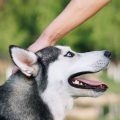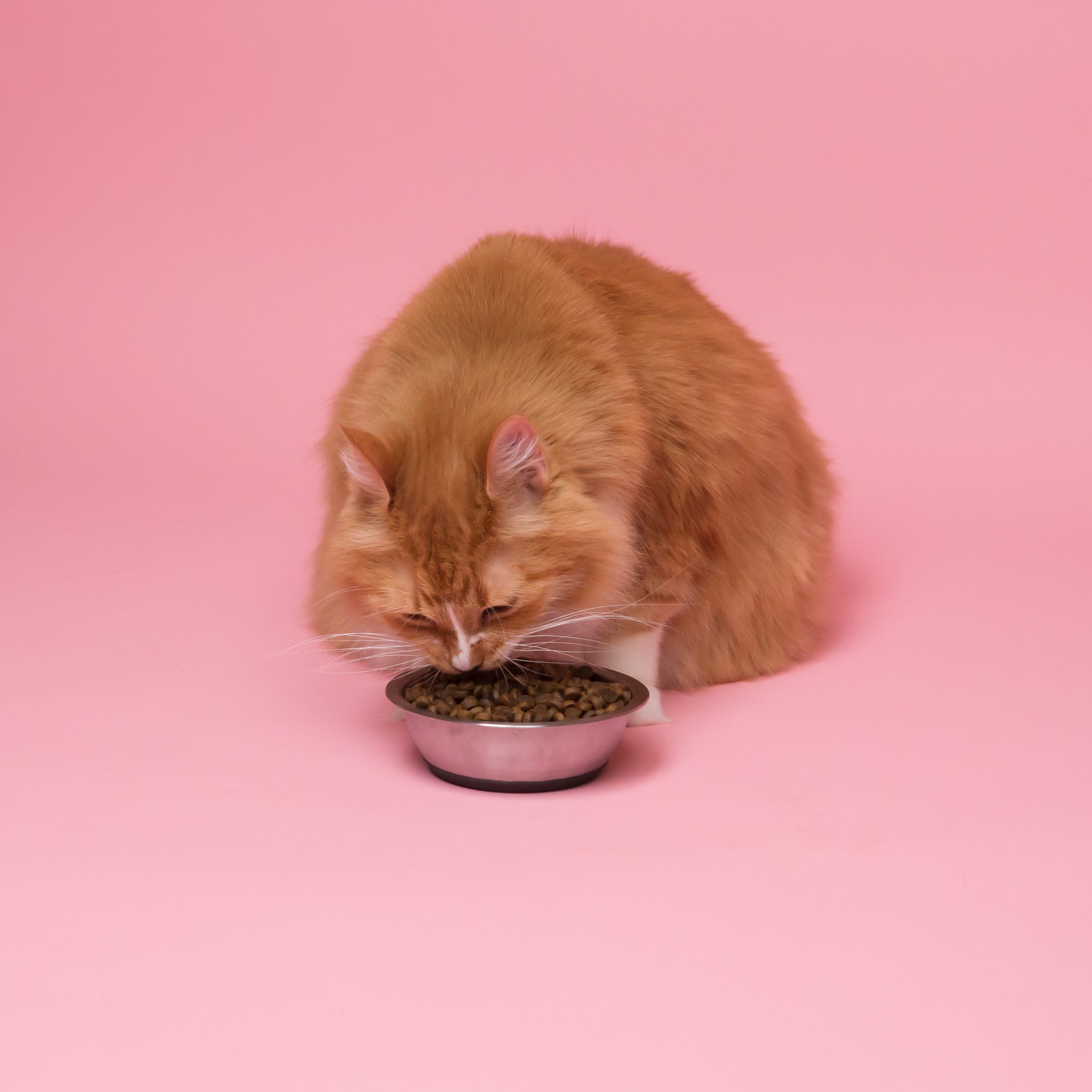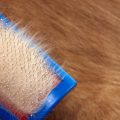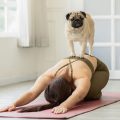Are your dog’s eyes rolling back? Are you starting to get a little concerned that they are not responding? Want to get the inside scoop and know when to act? Then join us, as we attempt to clear up any misconceptions and misunderstandings regarding dogs’ eyes rolling back.
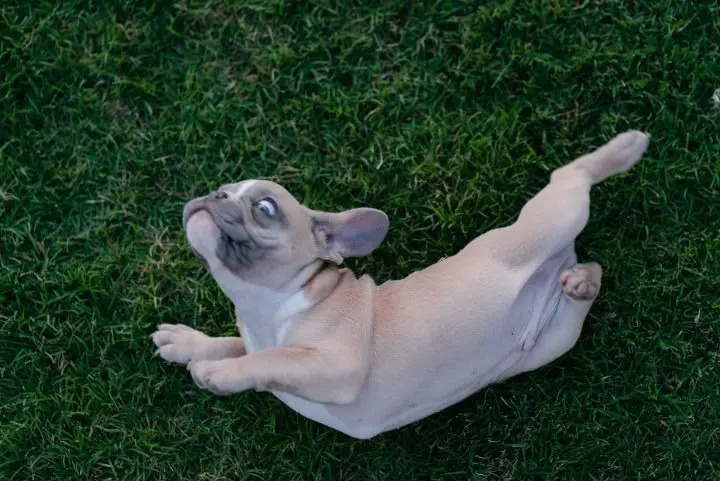
Table of Contents
- The Third Eye
- Other Reasons for Dogs’ Eyes Rolling Back
- More Serious Conditions
- Dogs Eyes Rolling Back – Might Not Be a Big Deal!
- FAQs
The Third Eye
In most cases, what you are seeing when you think you perceive your dog’s eyes rolling back is actually something else entirely.
Indeed, there is something known as the nictitating membrane. Some pet owners have otherwise referred to as the haw or the third eyelid.
This membrane can be found in the inner corner of the dog’s eye. It varies in color considerably depending on the breed of the dog, ranging anywhere from clear to cloudy.
It actually has a number of uses, primarily acting as a form of protection for the cornea so that it is not immediately damaged by any dirt that gets in the dog’s eye. In a similar way, it exhibits a function almost akin to a windscreen wiper, sweeping away any of this dirt, debris, and mucus, so you do not have to.
Forty percent of the tears that are produced by a dog come from this nictitating membrane’s own tear gland. All of this, alongside the fact that its lymphoid system produces antibodies to help fight infection here and in other parts of the body, makes this a truly combative membrane.
Though you should not necessarily be able to see this membrane usually, it should not come as a surprise if you do see it, say, when you lift a dog’s eyelid during sleep. On other occasions, this should be cause for concern. Sure, it might be only a minor concern, but it would be best to consult a veterinarian just to be sure.
Indeed, if the nictitating membrane is obviously elevated, prolapsed, or protruding, then you are well advised to seek professional medical attention. It might be evidence of a neurological disease affecting the nerves in the area surrounding the membrane.
Serious stuff indeed!
Why is my dog growling at nothing? They could very well be seeing something that you are not.
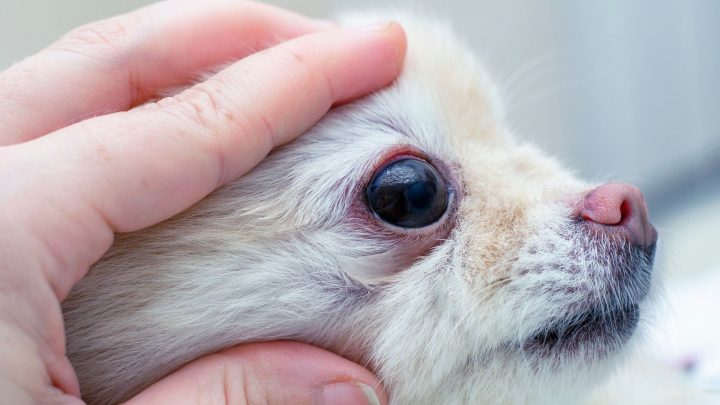
Other Reasons for Dogs’ Eyes Rolling Back
Of course, there are several other reasons a dog’s eyes might roll back in their sockets, relating to the kind of neurological diseases aforementioned.
Nystagmus
One of these kinds of conditions is known as nystagmus. One of the main symptoms of which is involuntary movements of the eyeballs.
The most common form of this disease makes itself known with slower movements of the afflicted eyeball in a single direction. This is then followed by a rapid voluntary correction by the dog.
There is, however, another prevalent form of this condition called pendular nystagmus which involves this same involuntary movement of the eyeball(s) though with no change in speed. This latte condition will also be coupled with head tilting and circling, so look out for that.
Tranquilizers
Of course, a dog’s eyes rolling back could be caused by nothing more than being a little too relaxed. Indeed, if for whatever reason the dog in question’s extraocular muscles is more relaxed than usual, then there is a tendency for this to have this kind of effect.
This can even be caused by tranquilizers – i.e. the kind a veterinarian might use to calm a nervous dog or one that is not taking to surgery very well. Indeed, what can be a well-meaning act can have these kinds of side effects. If in doubt, though, it would be best to consult your veterinarian.
Cherry Eye
There is another condition that has been known to have these kinds of effects on a dog, one of whom has an informal name of ‘cherry eye’. This can occur when the so-called third eyelid gland prolapses and thus protrudes.
The appearance of this can sometimes be a little distressing to some, though to others its fleshy and red mass can resemble a cherry, hence the name.
More Serious Conditions
Of course, a dog’s eyes might roll back when the dog in question is afflicted with a more serious condition.
Growths, Tumors, and Other Things
Indeed, it is important not to rule out the presence of such growths, tumors, or cysts. Lest they be given long enough to get the upper hand.
Keep a mindful eye on your pet for other symptoms too. If afflicted with an ocular condition like a tumor, a dog might, for example, be more dehydrated than usual. And/or suffer from an overall loss of weight.
In some cases, you might even be able to see the haw itself. This is due to the abnormal size of the eyeball as a result of the condition. The condition can be present from birth but can also come about as a result of inflammation or other factors.
Strabismus
Equally, a dog might be afflicted with strabismus which causes the eyes not to track together. Though disconcerting to an outside party, this is usually non-lethal and not at all fatal.
Vestibular Disease
Surprisingly enough, the vestibular disease can also have an effect on the rolling back of a dog’s eyes.
A dog may appear unbalanced, almost seeming drunk. There will also be an involuntary movement of the eyes up and down. Since the ear canal is a primary point of balance for most mammals, it is no surprise how drunken a dog’s gait can get.
In such instances, it is vital to know how to clean a dog’s ears properly.
Stroke
In more severe instances, a dog might be experiencing a stroke. Given the amount of care we pour into our pets, it is no wonder that many often come quickly to this conclusion.
Sometimes, however, it really is the case. If you are really concerned and have found other symptoms pertaining to it, then contact a veterinarian immediately.

Dogs Eyes Rolling Back – Might Not Be a Big Deal!
So, there you have it!
Hopefully, you have been set at ease a little bit, safe in the knowledge that your furry friend is not being afflicted with anything majorly upsetting.
FAQs
Sometimes, when a dog is deeply relaxed or sleeping, their eyes can appear to roll back slightly. This is often a normal physiological response and is not a cause for concern. Certain medications or drugs can affect a dog’s neurological system and cause changes in eye movement or behavior. If your dog displays other concerning symptoms, such as loss of balance, confusion, weakness, or changes in behavior, seek veterinary attention promptly.
When a dog’s eyes roll round and round, it is often referred to as “nystagmus.” Nystagmus is a term used to describe involuntary and rhythmic movements of the eyes, which can include a variety of patterns such as rolling, jerking, or shaking. These eye movements can occur in different directions and at different speeds.
